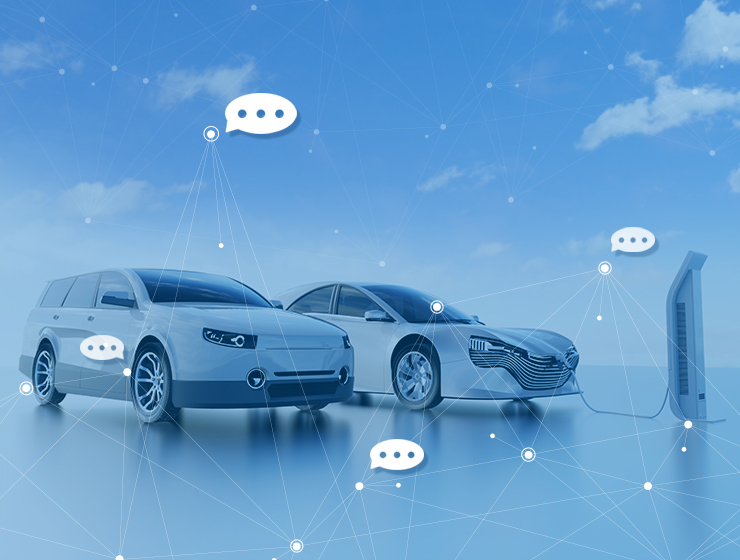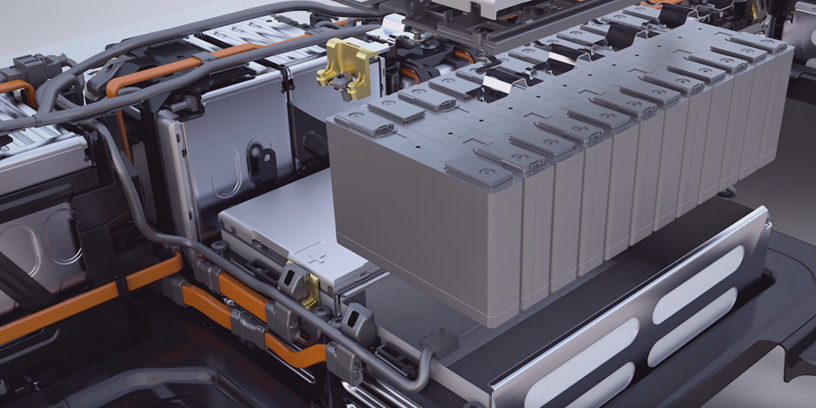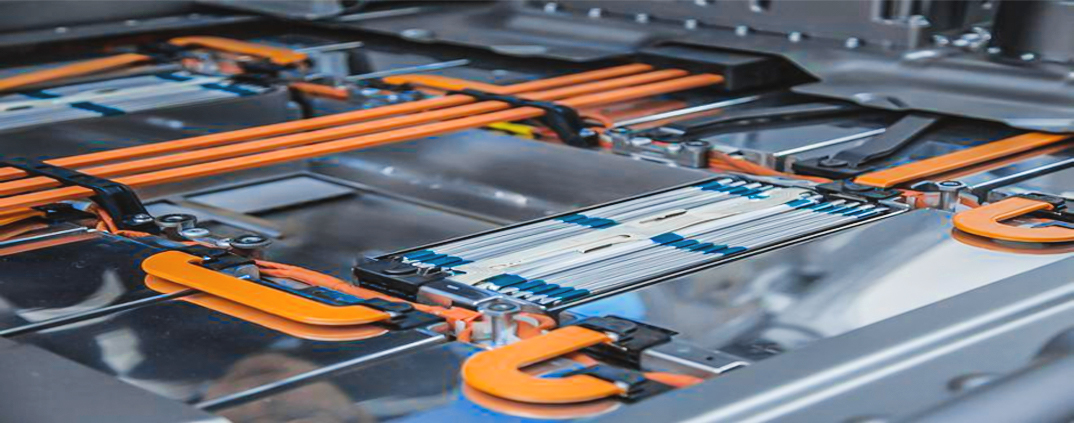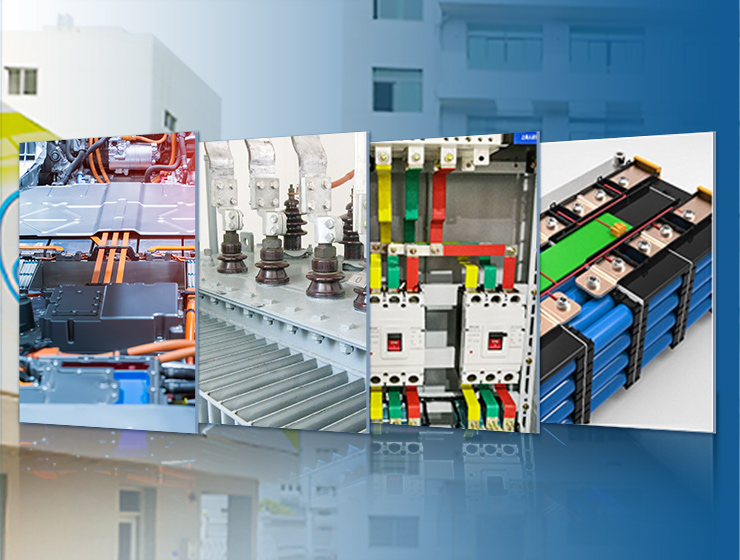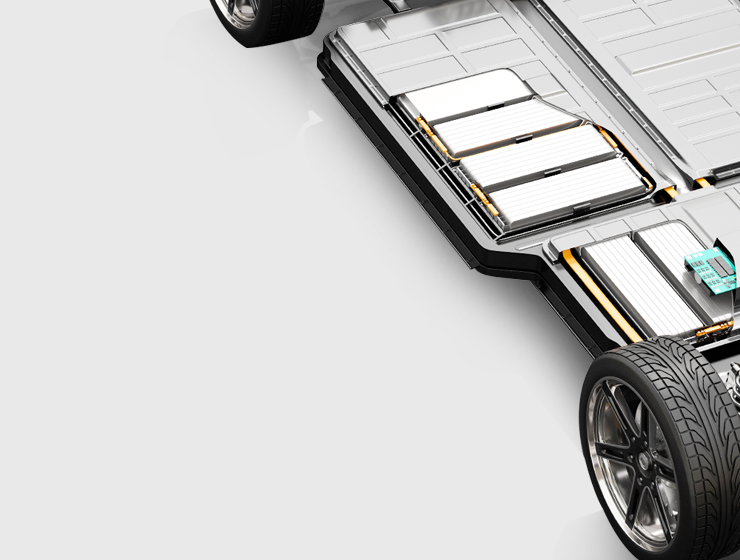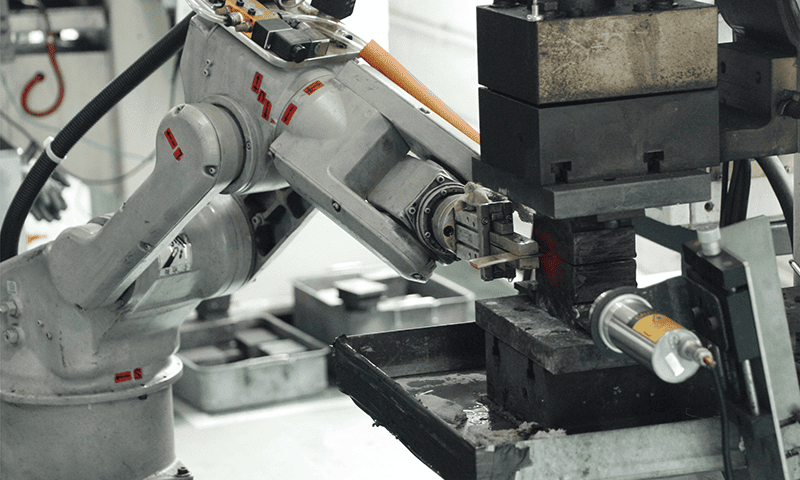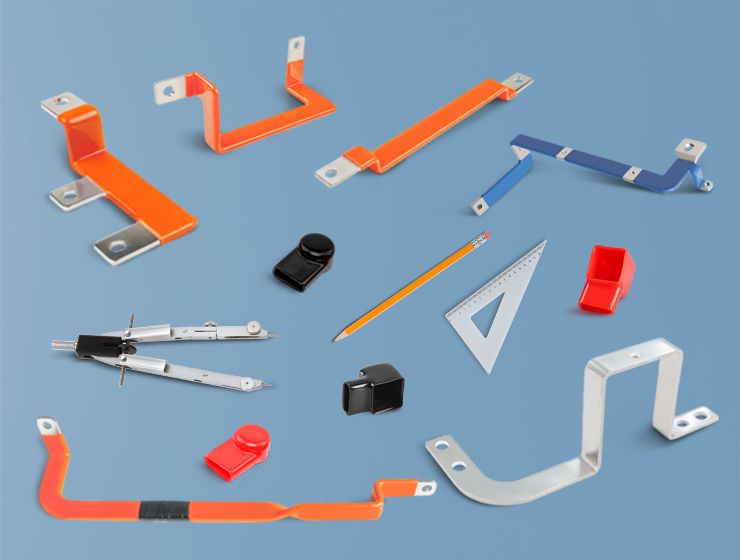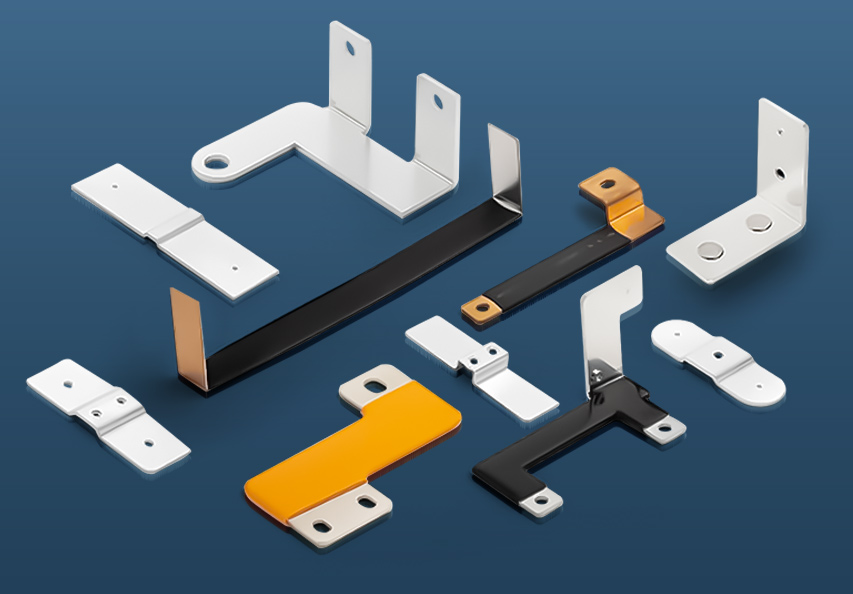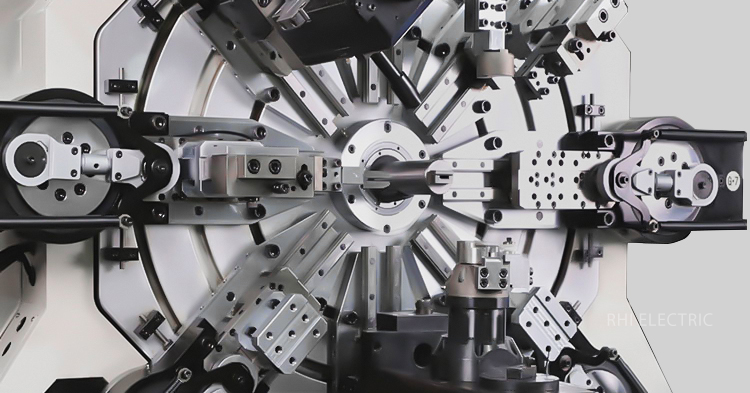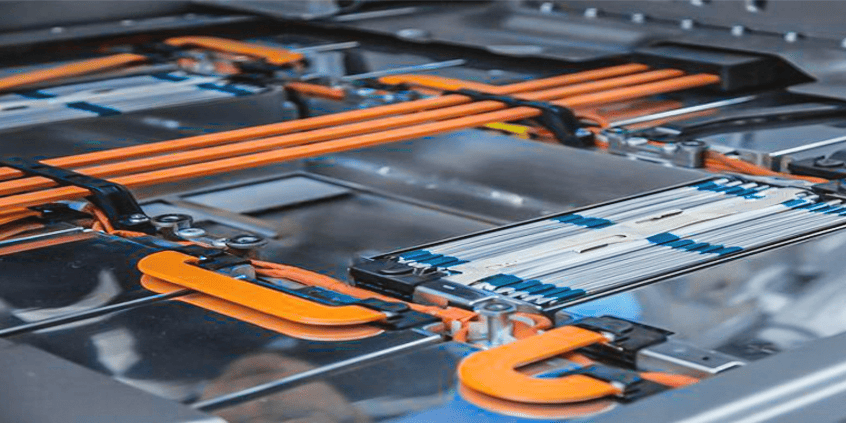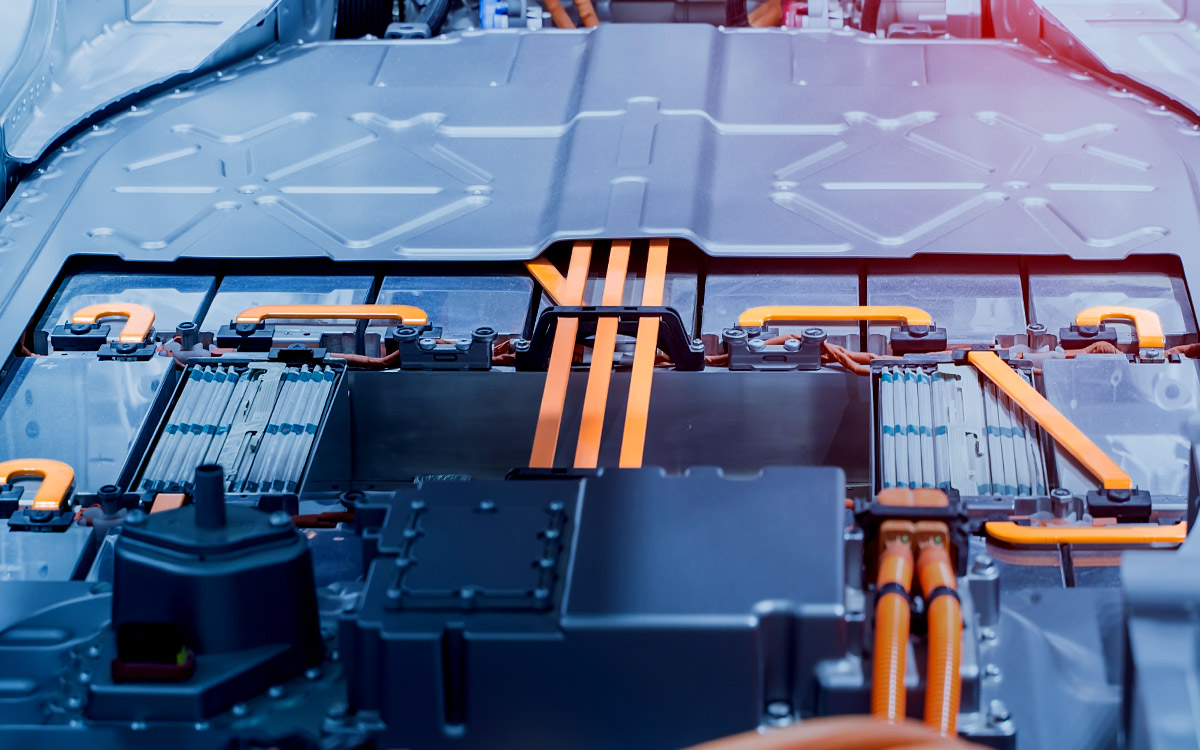

5 Latest Trends in Electrical Engineering
Explore five of the latest trends in electrical engineering, examining how they are transforming industries and shaping the future.
Electrical engineering is at the forefront of innovation, shaping industries from power generation to automation and smart technology. As the demand for energy efficiency, sustainability, and intelligent systems grows, engineers are driving breakthroughs that redefine how electricity is generated, distributed, and utilized.
This blog explores five of the latest trends in electrical engineering, examining how they are transforming industries and shaping the future.

1. The Rise of Smart Grids and AI Integration
What is a Smart Grid?
A smart grid is an advanced electrical network that incorporates digital communication, automation, and real-time monitoring to optimize power distribution. Unlike traditional grids, smart grids can automatically adjust power flow, detect faults, and integrate renewable energy sources, making them more efficient and resilient.
The Role of AI in Smart Grids
Artificial Intelligence (AI) is playing a crucial role in the development of smart grids, enhancing grid reliability, efficiency, and security.
Key AI applications in smart grids include:
- Predictive Maintenance: AI algorithms analyze sensor data from power lines, transformers, and substations to predict failures before they occur, reducing downtime.
- Fault Detection and Self-Healing: AI-driven automated response systems can isolate faults and reroute power to minimize outages.
- Demand Forecasting: AI models predict energy consumption patterns, allowing utilities to optimize energy generation and reduce waste.
- Cybersecurity Enhancements: AI systems detect and prevent cyber threats, protecting critical infrastructure from attacks.
Smart Grid Benefits and Challenges
Smart grids improve energy efficiency, reduce operational costs, and enable better integration of renewable energy. However, challenges such as cybersecurity risks, high implementation costs, and data privacy concerns must be addressed to ensure widespread adoption.
2. Advancements in Renewable Energy and Energy Storage
The Growth of Renewable Energy
The transition to renewable energy sources is accelerating as governments and businesses seek sustainable alternatives to fossil fuels. Key renewable energy technologies include:
- Solar Power: The development of perovskite solar cells has improved efficiency and reduced production costs.
- Wind Power: Offshore wind farms are expanding, with floating wind turbines enabling deployment in deeper waters.
- Hydroelectric Power: Innovations in small-scale hydroelectric plants are making it easier for remote communities to generate clean energy.
Challenges of Renewable Energy
One of the biggest challenges in renewable energy is its intermittency—solar and wind power generation depend on weather conditions. This has led to significant research in energy storage solutions.
Breakthroughs in Energy Storage Technologies
Energy storage is crucial for balancing supply and demand in power grids. The latest advancements include:
- Solid-State Batteries: These offer higher energy density, faster charging, and improved safety compared to lithium-ion batteries.
- Flow Batteries: Used for large-scale energy storage, these batteries store energy in liquid electrolytes, providing longer cycle life.
- Gravity-Based Storage: Systems like Energy Vault use gravity to store energy by lifting and lowering heavy weights.
- Hydrogen Storage: Green hydrogen production via electrolysis allows excess renewable energy to be stored and later converted back into electricity.
As renewable energy adoption grows, continued advancements in storage will be essential for ensuring a stable and reliable power supply.
3. The Growth of Electric Vehicles (EVs) and Charging Infrastructure
The Global Shift Toward EVs
The push for electric vehicles (EVs) is reshaping the transportation industry. Governments worldwide are implementing policies to phase out gasoline and diesel vehicles, accelerating EV adoption.
Challenges in EV Adoption
Despite their benefits, EVs face challenges such as:
- Limited Charging Infrastructure: The expansion of fast-charging networks is critical for supporting widespread EV adoption.
- Battery Cost and Lifespan: While battery technology is improving, costs remain high, and degradation over time affects performance.
- Grid Demand Management: The increasing number of EVs places additional strain on power grids, requiring smart energy management solutions.
Innovations in EV Charging and Battery Technology
To address these challenges, engineers are developing advanced charging solutions and next-generation batteries.
EV Charging Innovations
- Wireless Charging: Inductive charging allows EVs to charge without physical connections, improving convenience.
- Ultra-Fast DC Chargers: High-power chargers (up to 350 kW) reduce charging times to minutes instead of hours.
- Vehicle-to-Grid (V2G) Technology: EVs can supply power back to the grid, balancing demand during peak hours.
Next-Generation EV Batteries
- Lithium-Iron Phosphate (LFP) Batteries: These are safer, longer-lasting, and more cost-effective than traditional lithium-ion batteries.
- Silicon-Anode Batteries: These provide higher energy density, improving range and charging speed.
- Recyclable Batteries: Researchers are focusing on sustainable battery materials to reduce environmental impact.
The continued evolution of EV technology will make electric transportation more accessible and sustainable.
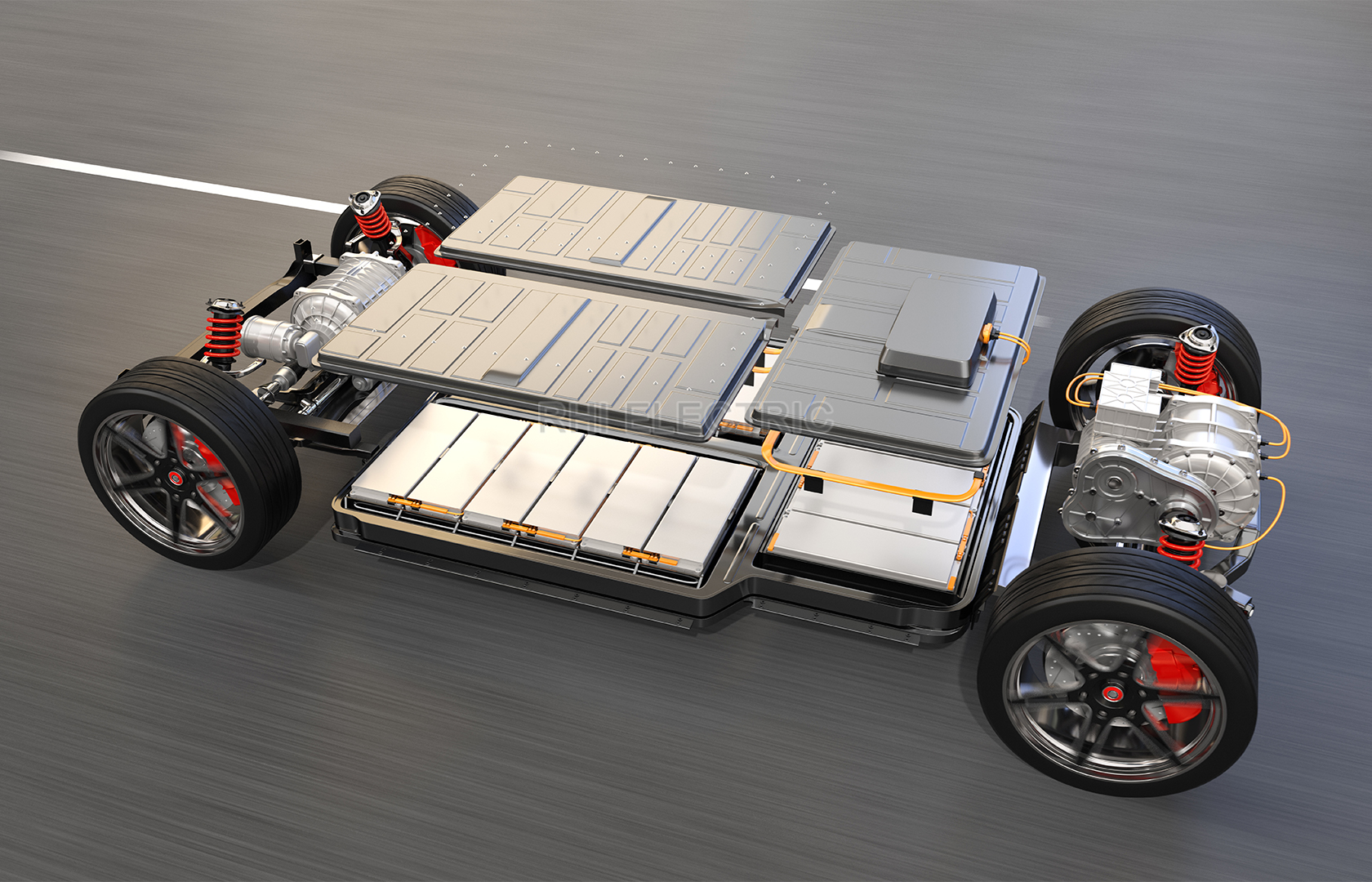
4. The Role of Power Electronics in Modern Energy Systems
What is Power Electronics?
Power electronics is the field of electrical engineering that deals with the conversion, control, and management of electrical power. It is essential for efficient energy use in renewable energy systems, EVs, industrial automation, and consumer electronics.
Recent Innovations in Power Electronics
Wide-Bandgap Semiconductors:
Silicon Carbide (SiC) and Gallium Nitride (GaN) semiconductors offer higher efficiency, faster switching speeds, and better thermal performance than traditional silicon-based components.
Bidirectional Power Converters:
These converters allow power flow in both directions, enabling applications like regenerative braking in EVs and energy storage integration in smart grids.
Wireless Power Transfer:
Used in EV charging, medical implants, and industrial automation, wireless power transfer eliminates the need for physical connectors.
Applications of Power Electronics
Power electronics play a crucial role in multiple industries, including:
- Solar and Wind Energy: High-efficiency power inverters optimize energy conversion.
- Smart Transformers: These dynamically regulate voltage and power distribution.
- Consumer Electronics: Smartphones, laptops, and appliances rely on power-efficient components for longer battery life and faster charging.
As demand for efficient energy conversion grows, power electronics will continue to drive innovation across industries.
5. The Expansion of Internet of Things (IoT) in Electrical Engineering
What is IoT?
The Internet of Things (IoT) connects physical devices to the internet, allowing real-time data collection, automation, and remote monitoring. In electrical engineering, IoT is revolutionizing power distribution, industrial automation, and smart home technology.
IoT Applications in Electrical Engineering
Smart Homes:
IoT-enabled devices like smart thermostats, lighting systems, and appliances help users monitor and optimize energy consumption.
Industrial IoT (IIoT):
Factories and power plants use IoT sensors for real-time equipment monitoring, reducing downtime and improving efficiency.
Smart Cities:
IoT-powered traffic lights, street lighting, and waste management systems contribute to energy savings and environmental sustainability.
IoT in Power Distribution and Grid Management
- Grid Monitoring Sensors: Detect faults, voltage fluctuations, and power outages in real-time, improving grid reliability.
- Predictive Maintenance: AI-powered IoT systems analyze sensor data to predict failures before they happen.
- Demand Response Systems: Utilities adjust energy supply based on real-time consumption data, preventing blackouts.
As IoT adoption continues, electrical engineering will become increasingly data-driven, automated, and efficient.
Conclusion
Electrical engineering is undergoing rapid transformation, driven by technological innovation and sustainability goals. The latest trends—including smart grids, AI-powered energy management, renewable energy advancements, EV infrastructure, power electronics breakthroughs, and IoT integration—are shaping the future of the industry.
As engineers continue to develop more efficient, intelligent, and sustainable solutions, electrical engineering will play a critical role in addressing global challenges like climate change, energy security, and digital transformation.





